Coverage and Values!
Lynn Bren, SDPAA Executive Director
“It’s the hardest property market we’ve seen in a generation.” Oof. That is not what I wanted to hear as I start my new position with the SDPAA. Hard property market means that carriers are taking a hard look at what their customers have for property values, how they are writing property coverage and how to price it. Each year at renewal, we ask our Members to review their property schedules and check for a few things:
1) Do you still own all the items on your schedules?
2) Is the value associated with the items still appropriate?
3) Are you comfortable with the associated valuation (replacement cost vs actual cash value)?
4) Do you have any items to add to your schedule?
A major part of any property program is the real property section. This would be your buildings and their fixtures. Your structure’s value should be reviewed each year to ensure that you are comfortable that the building could be rebuilt for the value that you have associated with the property. For those readers who are not Members of the SDPAA, it is especially important for you to review your property values and then determine if you have values which are within the parameters of any applicable co-insurance clause that your carrier may associate with any or all your locations. The SDPAA does not have a co-insurance clause. It is very important to remember that your property value takes into consideration those specialty equipment items that are attached to or are a part of your structure. Waste and Water Treatment plants, lift stations, bath houses, pump houses and locations with coolers will have an increased value beyond that of the basic structure due to those specialty fixtures.
Next, with each location you have on your property schedule, you should review and consider if the location has contents that need to be covered. Most carriers will not afford coverage for contents if none is associated with the scheduled location. Contents are described as smaller pieces of property, which typically do not leave the property. An example we give to our Members is, if you pick up this building and shake it, and it falls out, then it is likely contents, with a few exceptions of course! In your City Hall or Administration building, anything that isn’t bolted our mounted permanently to the structure would be considered contents, unless it is a larger piece of equipment, such as a vehicle, mower, or equipment accessory. We’ll cover those in a bit. As I look around my office, my contents include my computer desk, printer, monitors, all the consumables I use to conduct day to day operations etc. Things that are not contents would be the sign that is fixed to the front of a building, or a special pump or cooler that is part of the structure or foundation (those lift station pumps are mounted to, or a part of the foundation, and their control panels are mounted to the walls). Those items need to have their values associated with the structure value.
If you have small tools and electronic equipment that travel around from location to location, you will want to consider scheduling those on a mobile equipment schedule. Generally we recommend to our Members that for electronic data processing (EDP) equipment (laptops, computers, voting machines and the like) that you schedule those on an EDP hardware schedule. This offers coverage for those items wherever they are and offers some upgraded coverage as well. For items such as mowers and their accessories, tractors, graders, drills, portable radios, bunker gear etc…. we would recommend that these items be scheduled on a mobile equipment schedule. The values associated with each of these items should be reflective of the type of coverage associated. If you have coverage at replacement cost, then you certainly want the limit to reflect what the replacement cost of that item would be with like kind and quality products.
Vehicles and large machinery each have their place on your property schedules. Vehicles for the SDPAA would constitute any motorized vehicle which carries a passenger and is licensed for road use. That means that typical motorized vehicles such as pickups, cars, buses, dump trucks, ambulances, and fire trucks are all easy to identify vehicles. The SDPAA also will cover your trailers on the vehicle schedule. You should double check that the vehicles on your schedule are the ones you own, and that you intend to cover for Auto Physical Damage (comprehensive and collision) coverage. Commercial carriers will also require you to list any vehicle that you intend to cover for liability only. For those larger pieces of equipment and ATV/UTV’s, those items should be listed on your mobile equipment schedule with the SDPAA. Again, ensuring that the values associated with each piece of equipment is appropriate is important in the event of a claim, as the limit associated with that piece of equipment is the most that would be paid in a loss.
I hope this article has given you some insight into how to review your property schedules for your upcoming renewal. Of course we encourage you to reach out with any questions that you may have regarding property values, how to classify property, or if you have any changes to make to your current SDPAA coverage! Visit our website at www.sdpaaonline.org !

